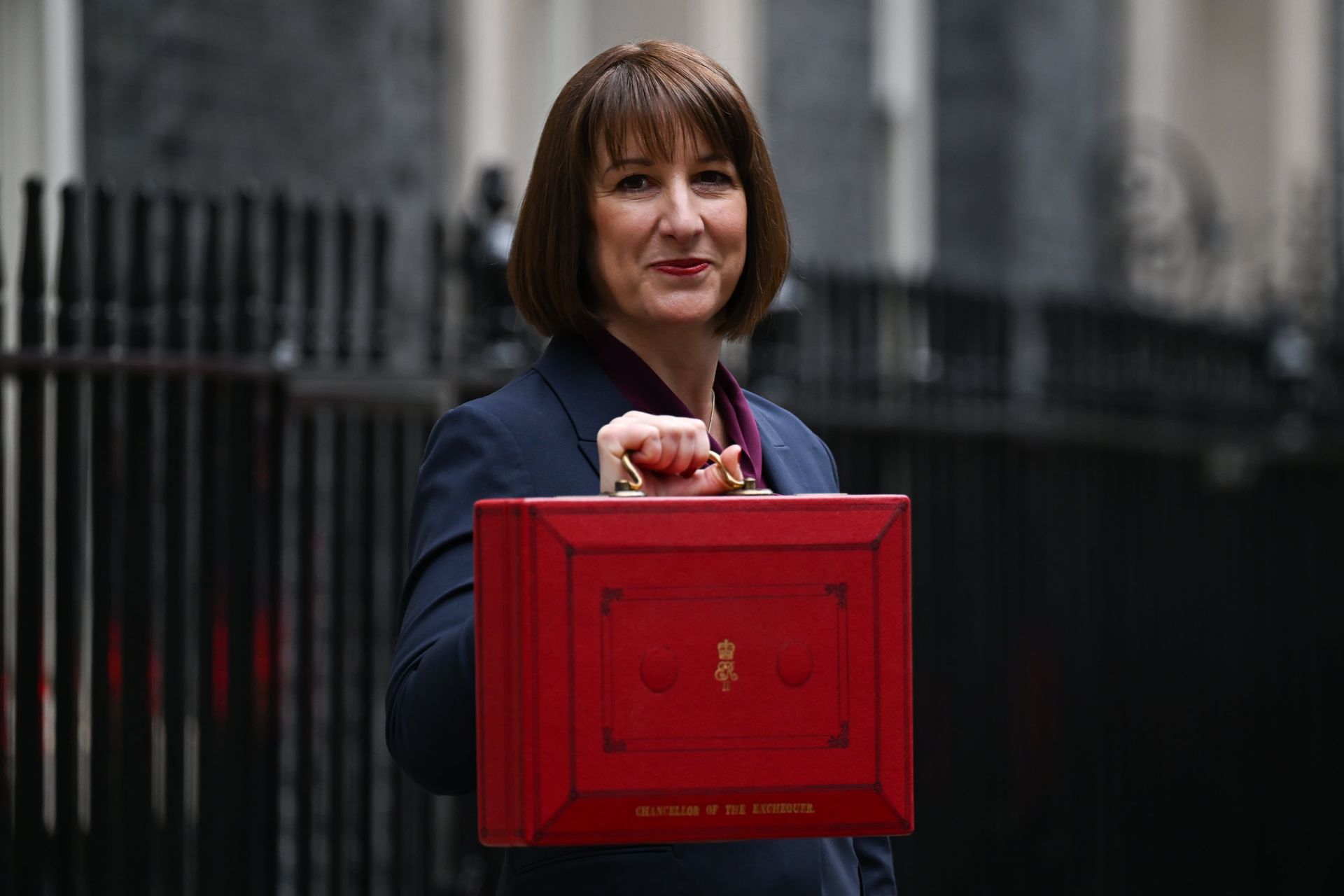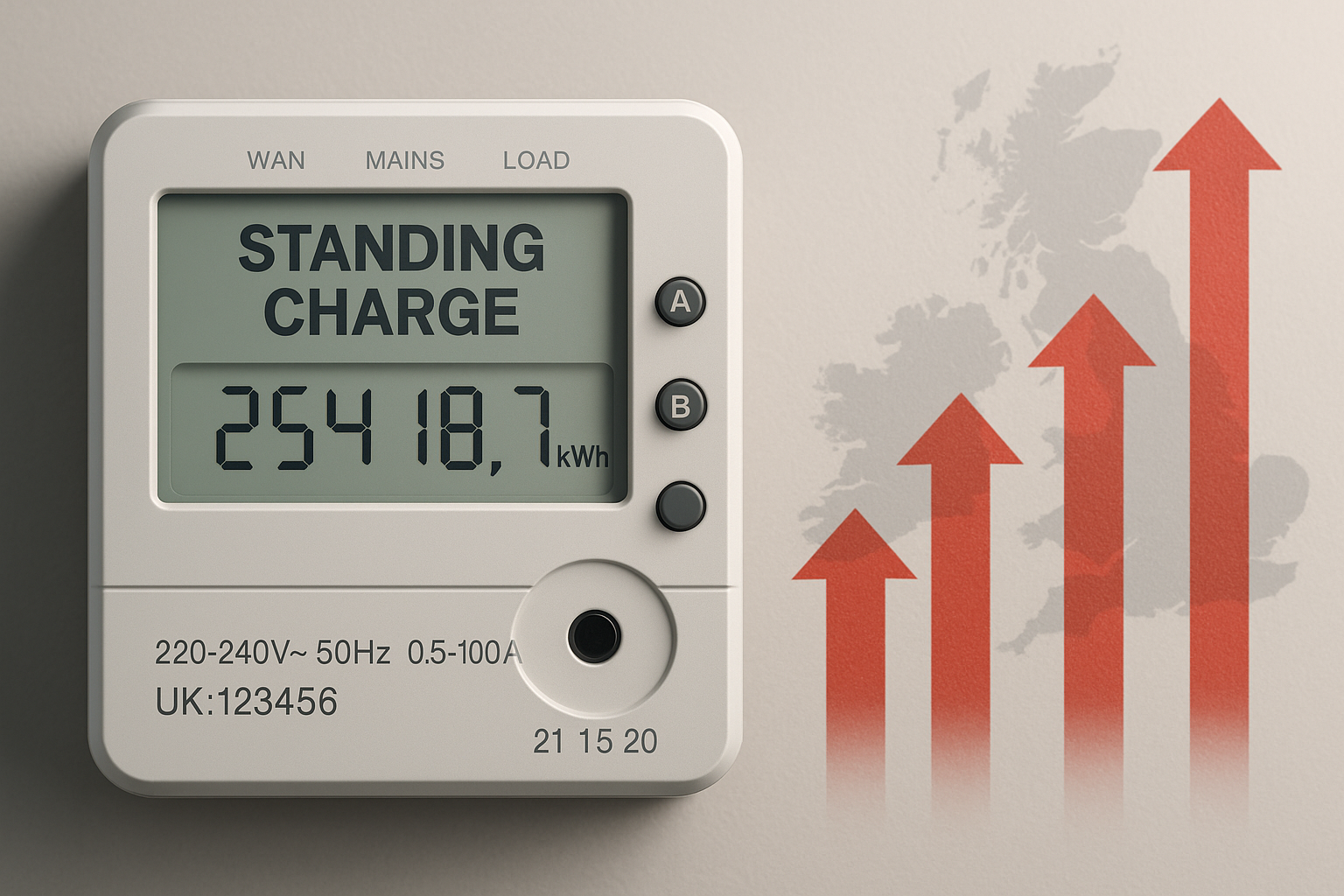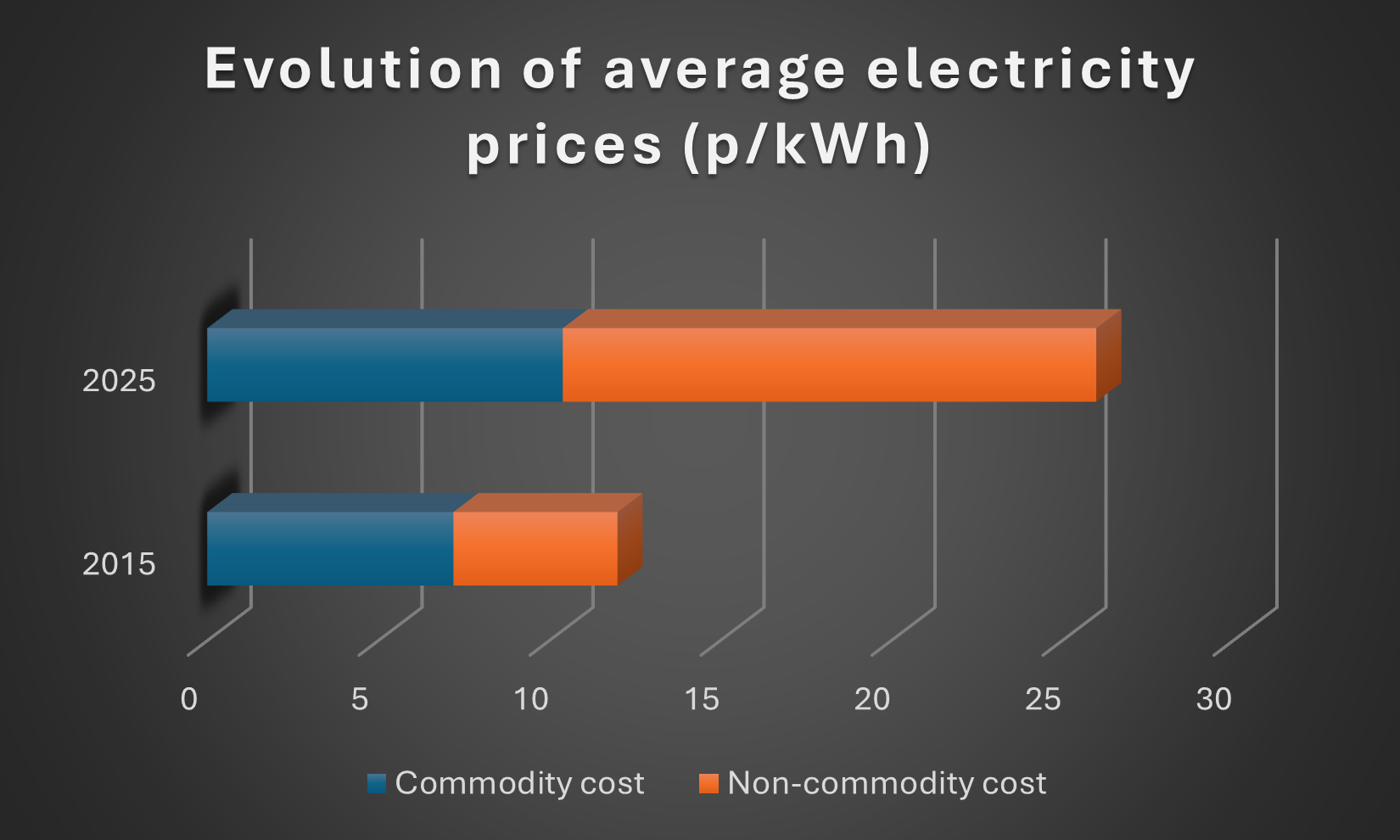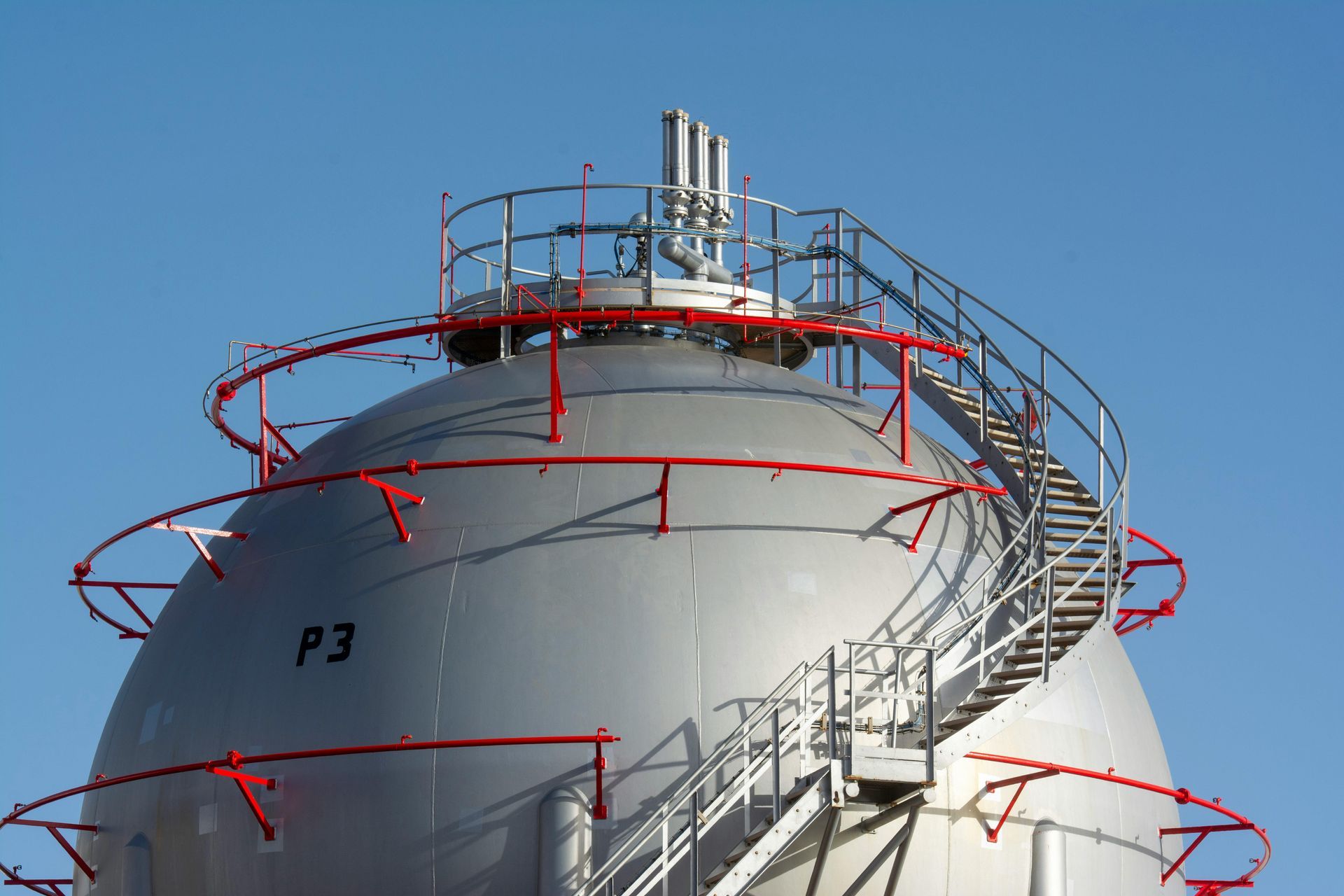January Review
January Review
by Adam Novakovic, Energy Markets Consultant
-
As many were nursing new year hangovers and endeavouring to stick to their freshly made resolutions, the UK gas and electricity markets began January 2024 by staying around similar levels to those seen at the end of 2023. However, after the first week of the year prices began to fall with futures markets seeing electricity costs fall over 5% as the 2nd week of the year began, and then continue to fall throughout the week.
As the month progressed, electricity prices for Summer’24 were almost 25% lower than the levels seen in December 2023. As prices continue to fall, we increasingly see these reductions in price being passed on to those looking to negotiate fixed contracts in the coming months.
A large reason for these falling prices were the steady supplies being received from Norwegian pipelines and LNG imports. These inflows combined with a milder than anticipated winter led to gas storage levels remaining high and the dissipation of any remaining fears about shortages.
Despite this positive news regarding falling prices there remained concerns about how the UK has seen energy prices rise disproportionately when compared to other countries over the last 5 years. The International Energy Agency found that since 2019 energy prices in the UK have risen at a faster rate than most other developed countries. This puts a particular strain on Energy Intensive Industries, although these numbers don’t account for UK government schemes aimed at allowing such industries to remain competitive internationally.
It's not just energy intensive industries that have been impacted by energy prices. A report by Simply Asset Finance found that almost 20% of SMEs have had to downsize and cut costs as a result of increased energy prices. They also found that 57% of SMEs were unaware of financial support or government schemes that were designed to help them. If you would like to find out if your business is entitled to any governmental schemes that can help reduce your energy spend then contact us today. We can help with the process of applying for any schemes you may be eligible for without charge.
In addition to seeing usage charges increase over the past few years, standing charges have also increased significantly. This month the standing charge became a much-discussed topic, with OFGEM receiving recommendations to change the way Standing Charges are offered to customers, as well as a group of MPs initiating a petition for the abolition of standing charges. As the year progresses, we will likely see OFGEM put more pressure on suppliers to change the way standing charges are being applied.
While prices dropped throughout the month, there were still some concerns that threatened to send prices higher. Conflict in the Red Sea saw many shipping routes diverted. Many cargos that would normally pass through the Suez Canal were forced to take the longer route around the Cape of Good Hope. This has yet to have a significant impact on price but will need to be monitored as the UK is reliant upon LNG imports from Qatar.
A further threat to LNG imports came from the US where the government has paused approvals on expanding LNG exports. Last year the US became the world’s number 1 exporter of LNG. While this isn’t expected to have any immediate impact on European energy prices, there could be mid-to-long-term effects that drive up prices from other LNG exporters.
Outlook
As we look ahead to how energy prices will move in the coming months, we can see a number of factors that have the potential to disrupt the current downtrend.
Should the conflict in the Red Sea escalate, or should shipping be further disrupted, this could negatively impact energy prices. The fact that shortfalls in supply from the Middle East currently can’t be made up by importing from the US make this a greater concern than when news of the conflicts were first reported.
Throughout this winter, weather has been a significant narrative in the direction of energy prices. While the temperature so far has been (mostly) milder than expected, forecasts for the 2nd half of February are suggesting it could be colder than originally anticipated. Given the healthy gas storage levels in the UK, this shouldn’t have too large of an impact, but it could become a factor if supply is disrupted.
Looking further ahead, there was positive news in the UK as plans for the Sizewell C nuclear reactor advanced. Construction is now set to proceed for the reactor that will add to the UK’s capacity in a reliable and environmentally friendly manner.
Should we avoid any of the potential disruptions to supply in February it seems plausible that prices could continue to drop. For the short-term we would urge some caution in the energy markets as prices are at their lowest levels in some time. Looking beyond the current months, it seems reasonable to assume that prices will continue their current downtrend, although there may be a speedbump or two along the way.
If your business requires advice with its energy procurement, management, or planning, then don’t hesitate to contact Seemore Energy to speak to experienced advisors who can help you with bespoke strategies and advice that is tailored to your needs.










